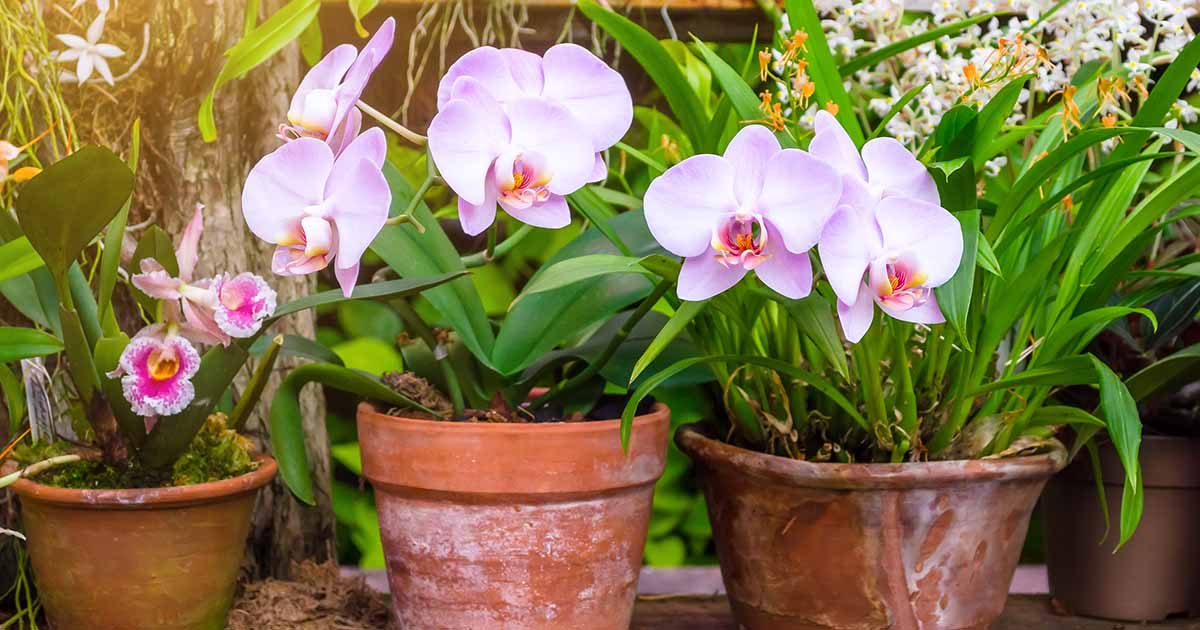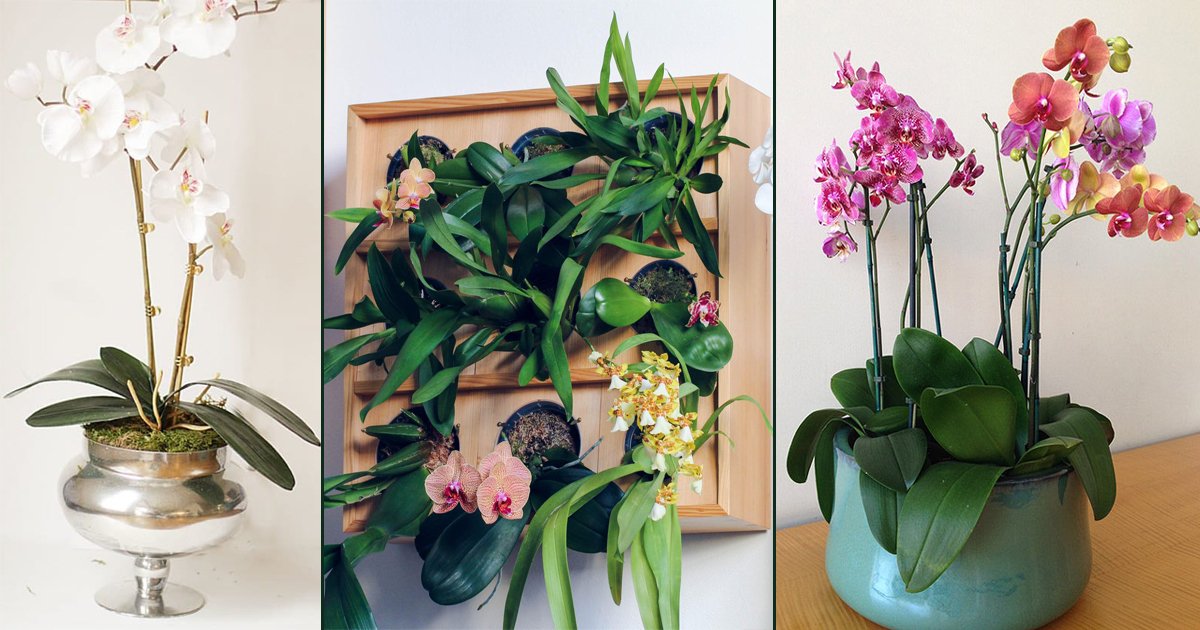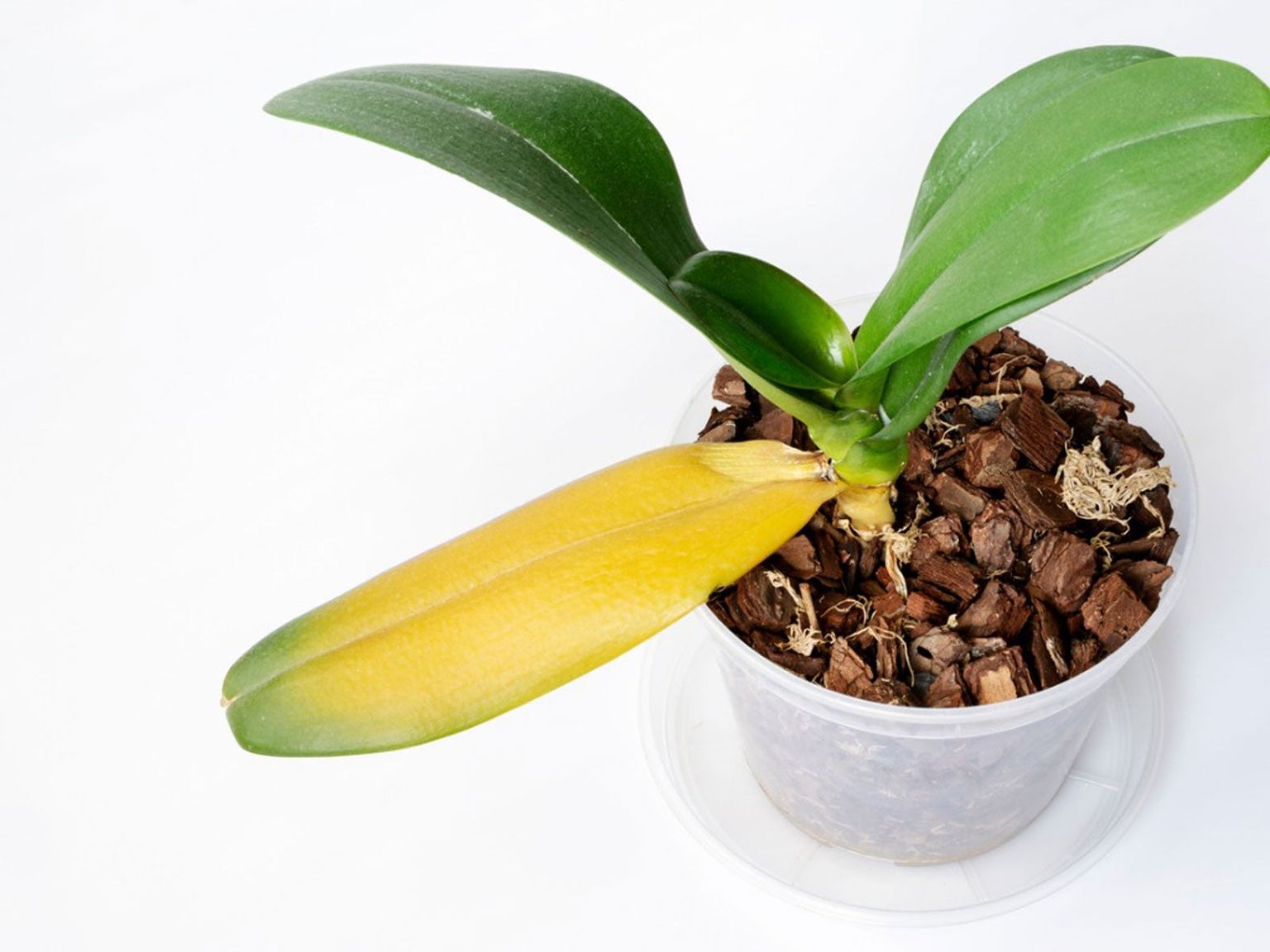The world of orchids: A captivating exploration
Orchids, with their enchanting beauty and diverse varieties, have captivated garden enthusiasts for centuries. These elegant flowers, originating from tropical regions around the world, offer a unique charm that makes them a popular choice for both indoor and outdoor gardens. To help your orchids reach their full potential and thrive in your garden, it is crucial to understand their specific needs and provide proper care and cultivation.
Crafting the ideal orchid habitat: Essential growth conditions
Orchids have specific environmental needs that, when met, allow them to thrive and display their stunning blooms. To create the perfect orchid habitat in your garden, consider the following essential growth conditions:
- Temperature: Orchids generally prefer daytime temperatures between 65-75°F (18-24°C) and nighttime temperatures around 55-65°F (13-18°C). Some varieties can tolerate higher or lower temperatures, so research the specific needs of your chosen orchids.
- Humidity: Orchids typically require a humidity level between 40-70%. You can maintain humidity by placing a tray of water near your orchids, misting them regularly, or using a humidifier.
- Light: Provide your orchids with bright, indirect light. Too much direct sunlight can scorch the leaves, while insufficient light may prevent blooming. Consider growing orchids near an east-facing window or under grow lights for optimal light exposure.
- Air circulation: Good air circulation is vital for orchid health. Ensure your orchids are not crowded and have access to fresh air to prevent issues with mold and rot.
In addition to these factors, selecting the right growing medium is essential for orchid success. Common options include sphagnum moss, bark, and perlite. Each medium has its benefits and drawbacks, so choose the one that best suits your orchid’s needs and your gardening style.
How to care for orchids: Expert watering, feeding, and pruning guidance
Proper care and cultivation are crucial for the health and beauty of your orchids. By mastering the art of watering, feeding, and pruning, you can ensure your orchids thrive and flourish in your garden.
Watering techniques
Orchids require a delicate balance of moisture and drainage. Overwatering can lead to root rot, while underwatering can cause dehydration. Aim to water your orchids once or twice a week, depending on the specific needs of the variety and the environmental conditions. Use the “soak and dry” method: soak the growing medium thoroughly, then allow it to dry completely before watering again.
Feeding schedules
Orchids need nutrients to grow and bloom. Fertilize your orchids with a balanced, water-soluble fertilizer (e.g., 20-20-20) every 1-2 weeks during the growing season (spring and summer) and reduce fertilization to once a month during the dormant season (fall and winter). Always follow the manufacturer’s instructions for dilution and application rates.
Pruning methods
Pruning is essential for maintaining the health and appearance of your orchids. After your orchid has finished blooming, cut back the flower spike to just above a node (the small bumps on the spike) or, if the spike has turned brown and dried out, cut it back to the base of the plant. Regularly remove any dead or yellow leaves to encourage new growth and prevent the spread of disease.
Preventing and treating orchid pests and diseases: A proactive approach
Orchids, like any other plants, are susceptible to pests and diseases. Early detection and prevention are key to maintaining the health of your orchids and ensuring a thriving garden. Here, we discuss common orchid pests and diseases and provide expert guidance on how to prevent and treat them effectively.
Common orchid pests
Some common orchid pests include spider mites, mealybugs, scale insects, and thrips. These pests can cause damage by feeding on the plant’s sap, which may result in weakened growth, leaf discoloration, or stunted blooms. To prevent pest infestations, regularly inspect your orchids for early signs of pest activity, such as webbing, sticky residue, or discoloration. Use insecticidal soap or horticultural oil to treat minor infestations, following the manufacturer’s instructions for application rates and frequency.
Common orchid diseases
Orchids can also be affected by various diseases, including root rot, botrytis (gray mold), and bacterial soft rot. These diseases are often caused by poor cultural practices, such as overwatering, poor ventilation, or contaminated tools. To prevent diseases, ensure proper watering, feeding, and pruning techniques, and maintain good air circulation around your orchids. If a disease is detected, remove the affected plant parts and treat the remaining plant with a suitable fungicide or bactericide, following the manufacturer’s instructions.
By adopting a proactive approach to pest and disease prevention, you can help your orchids reach their full potential and maintain a thriving, vibrant garden. Regular inspections, early intervention, and proper cultural practices are crucial for the long-term health and well-being of your orchids.
Orchid propagation: Techniques for expanding your collection
Propagating orchids allows you to expand your collection and share your blooms with others. Various propagation techniques are available, each with its advantages and challenges. Here, we explore three common methods: division, keiki, and seed germination.
Division
Division is the process of separating a mature orchid plant into smaller sections, each with its own roots and growth points. This method is ideal for sympodial orchids, which have multiple growth points along a horizontal rhizome. Divide your orchid during the dormant season, ensuring each section has at least three healthy pseudobulbs. Plant the divisions in fresh growing media, and water them thoroughly.
Keiki
Keiki, which means “baby” in Hawaiian, refers to the small plantlets that sometimes grow on the flower spike or the base of a mature orchid. These plantlets can be removed and propagated as separate plants once they have developed their own roots, usually 2-3 inches long. To encourage keiki formation, apply a keiki hormone to the flower spike or base of the plant. Once the keiki has established roots, carefully cut it from the parent plant and pot it in fresh growing media.
Seed germination
Orchid seeds are tiny and lack stored nutrients, making germination a challenging process. Traditional seed germination involves a sterile lab setup and a specific fungus to provide the seedlings with essential nutrients. A more accessible alternative is the flasking method, where seeds are sown in a sterile, nutrient-rich gel and grown in a controlled environment. This process can take several months to a year, but it allows you to cultivate rare and exotic orchid varieties.
By exploring various orchid propagation techniques, you can expand your collection and contribute to the conservation of these captivating flowers. Remember to always use sterile tools and fresh growing media to ensure the health and success of your new orchid plants.
Selecting the perfect orchids for your garden: Tips and recommendations
Orchids are a diverse and captivating group of flowers, making them a popular choice for garden enthusiasts. With a wide range of varieties available, selecting the best orchids for your garden can be both exciting and challenging. By considering factors such as climate, space, and personal preferences, you can ensure a perfect match for your unique garden environment and enjoy the full potential of these stunning plants.
First, evaluate your garden’s climate and growing conditions. Some orchids thrive in warm, humid environments, while others prefer cooler temperatures and well-draining soil. Research the specific needs of various orchid species to determine which ones will flourish in your garden. For instance, if you live in a region with high humidity, consider Phalaenopsis orchids, which are well-suited for these conditions. Conversely, if your garden experiences cooler temperatures, Cymbidium orchids might be a better choice.
Space is another crucial factor to consider when selecting orchids for your garden. Some orchids, like Dendrobiums, can grow quite large and require ample space to thrive. Assess the available space in your garden and choose orchid varieties that will comfortably fit within those dimensions. Additionally, consider the growth habits of different orchids; epiphytic orchids, for example, grow on trees or other structures and may require vertical space, while terrestrial orchids grow in the ground and are better suited for beds or borders.
Lastly, consider your personal preferences when selecting orchids for your garden. Do you prefer vibrant, showy blooms, or are you drawn to more subtle, understated flowers? Orchids come in a wide array of colors, shapes, and sizes, so take the time to explore the different varieties available and choose those that resonate with your unique aesthetic. By selecting orchids that you find truly beautiful, you’ll be more motivated to provide the care and attention they need to thrive in your garden.
In conclusion, choosing the perfect orchids for your garden involves evaluating your garden’s climate and growing conditions, assessing available space, and considering your personal preferences. By carefully selecting orchids that are well-suited to your unique environment and tastes, you can create a stunning, thriving orchid oasis that showcases the full potential of these captivating flowers. With proper care and cultivation, your garden growth tips orchids will bring joy and beauty to your outdoor space for years to come.
Troubleshooting orchid growth: Solutions for common challenges
Cultivating a thriving orchid garden can be a rewarding experience, but even the most dedicated gardeners may encounter challenges along the way. Common issues such as slow growth, yellowing leaves, and lack of blooms can be disheartening, but with the right knowledge and strategies, you can help your orchids flourish and maintain a lush, vibrant garden. In this article, we’ll explore practical solutions and guidance for addressing these common challenges, ensuring the beauty and health of your garden growth tips orchids.
Slow growth in orchids
Orchids are known for their slow growth, but if your plants seem to be growing at a snail’s pace, it might be a sign of inadequate nutrients or improper watering. To promote healthy growth, ensure your orchids receive regular fertilization, ideally with a balanced, water-soluble fertilizer. Additionally, pay close attention to watering techniques, as over- or under-watering can hinder growth. Aim to water your orchids thoroughly, allowing excess water to drain away, and avoid letting the plants sit in water-logged media. By providing the right nutrients and water, you can help your orchids grow at a healthier pace.
Yellowing leaves in orchids
Yellowing leaves in orchids can be a cause for concern, as they may indicate issues such as over-watering, under-watering, or nutrient deficiencies. To address yellowing leaves, first assess your watering practices. If the media is consistently wet or soggy, consider adjusting your watering schedule to allow for better drainage. Conversely, if the media is dry and compacted, try watering more frequently or using a different growing medium that promotes better aeration and drainage. Additionally, ensure your orchids receive adequate nutrients through regular fertilization, which can help prevent nutrient deficiencies that lead to yellowing leaves.
Lack of blooms in orchids
Orchids are prized for their stunning blooms, but a lack of flowers can be frustrating for gardeners. To encourage blooming, pay attention to your orchids’ light, temperature, and water requirements, as these factors play a crucial role in flower production. Provide bright, indirect light, ideally with some direct sunlight during the cooler parts of the day. Maintain appropriate temperature ranges, as cooler nighttime temperatures can trigger blooming in some species. Lastly, ensure your orchids receive the right amount of water, as both over- and under-watering can inhibit blooming. By creating an optimal environment for your orchids, you can increase the chances of abundant, vibrant blooms.
In conclusion, addressing common orchid growth challenges, such as slow growth, yellowing leaves, and lack of blooms, requires a combination of proper care, attentive watering and fertilization, and an understanding of each plant’s unique needs. By implementing practical solutions and guidance, you can help your orchids flourish and maintain a thriving, lush garden that showcases the beauty of these captivating flowers. With patience, dedication, and the right garden growth tips orchids, you’ll be well on your way to orchid mastery.







